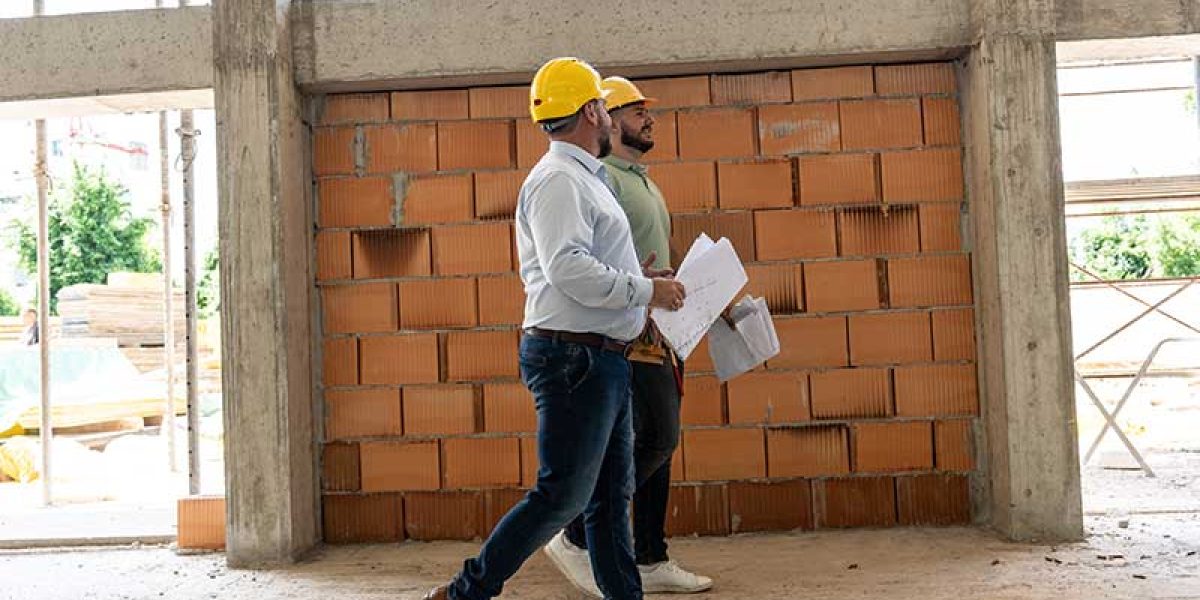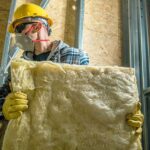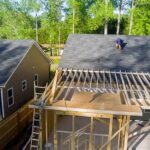There is an undeniable interaction between the physical environment and the social fabric of communities in architecture and urban planning. Building standards, a set of rules and regulations governing the design and construction of structures, have a significant impact on how we interact with our environment. In this blog, we will examine the significant impact building standards have on communities, how they influence social connections, and why they are essential to the development of thriving, cohesive neighborhoods.
1.Designing for Social Interaction
Building codes have a significant impact on the layout and design of public spaces in communities. These standards frequently mandate parks, plazas, and community centers, encouraging social gatherings and nurturing opportunities for people to connect with their neighbors. By providing spaces that promote social interaction, building standards contribute to a sense of community belonging and shared identity.
2.Promoting Inclusivity and Accessibility
One of the fundamental tenets of building codes is to ensure accessibility for all individuals, regardless of age or physical ability. By incorporating elements such as ramps, elevators, and wider doorways, communities become more inclusive, meeting the requirements of all residents. This promotes a sense of mutual support and care, reducing barriers and enhancing social cohesion.
3.Safe and Secure Environments
Community members’ safety and security is prioritized by building codes. From fire safety measures to structural integrity, these regulations ensure that residents do not live in constant fear of harm. People are able to focus on forming meaningful relationships with their acquaintances when they are in a safe environment that fosters trust.
4. Sustainable Communities for Future Generations
As environmental sustainability concerns increase, building codes are changing to resolve these concerns. These standards, which emphasize eco-friendly materials and energy-efficient designs, contribute to the creation of environmentally responsible communities. This emphasis on sustainability is not only advantageous for the present, but also fosters a shared sense of environmental responsibility for future generations.
5. Strengthening Community Identity
Building codes frequently include components that reflect the local culture, history, and architectural design. These design decisions contribute to the preservation of a community’s distinctive character, fostering a sense of pride and attachment among its residents. When individuals identify with their community, they are more likely to participate in local activities, support local businesses, and engage in neighborhood-wide initiatives
6.Economic Prosperity
As a consequence of building standards, communities that are well-planned and aesthetically pleasing tend to attract more residents and visitors. This can have a positive effect on the local economy, as increased foot traffic and interest in the area can lead to the opening of more businesses and the creation of more employment opportunities. A thriving local economy reinforces community ties and improves the quality of life for its members.
In conclusion, building standards are not solely administrative regulations; they form the basis upon which communities are constructed. By emphasizing social interaction, inclusivity, safety, sustainability, and a strong community identity, these standards shape our living spaces in a manner that fosters connections, promotes well-being, and improves the environment for all. As we continue to envision and develop the communities of the future, building standards will continue to be indispensable in the creation of neighborhoods that are not only structurally solid, but also rich in human connection and thriving with life.








